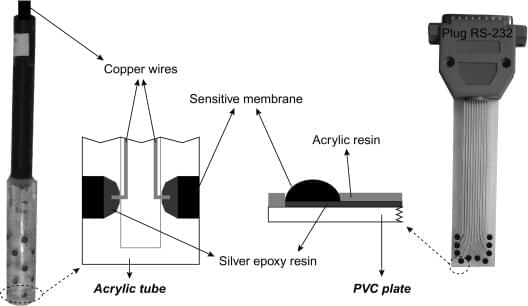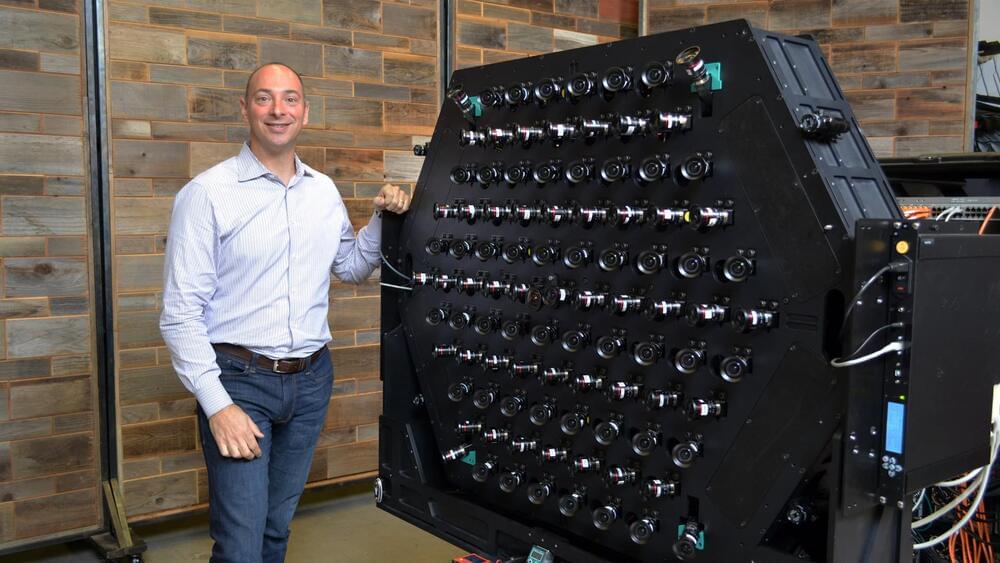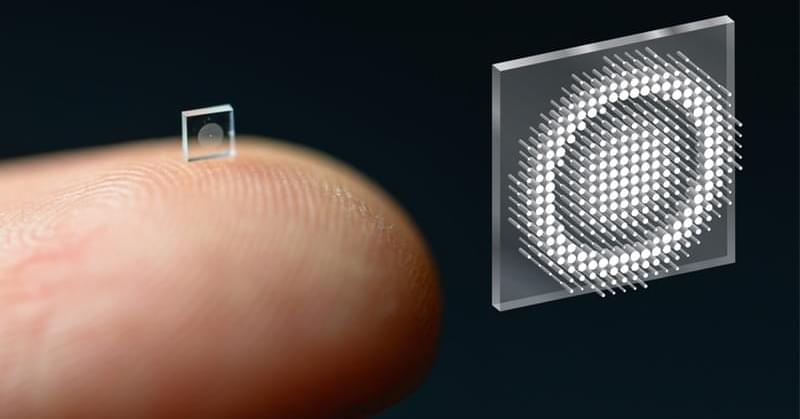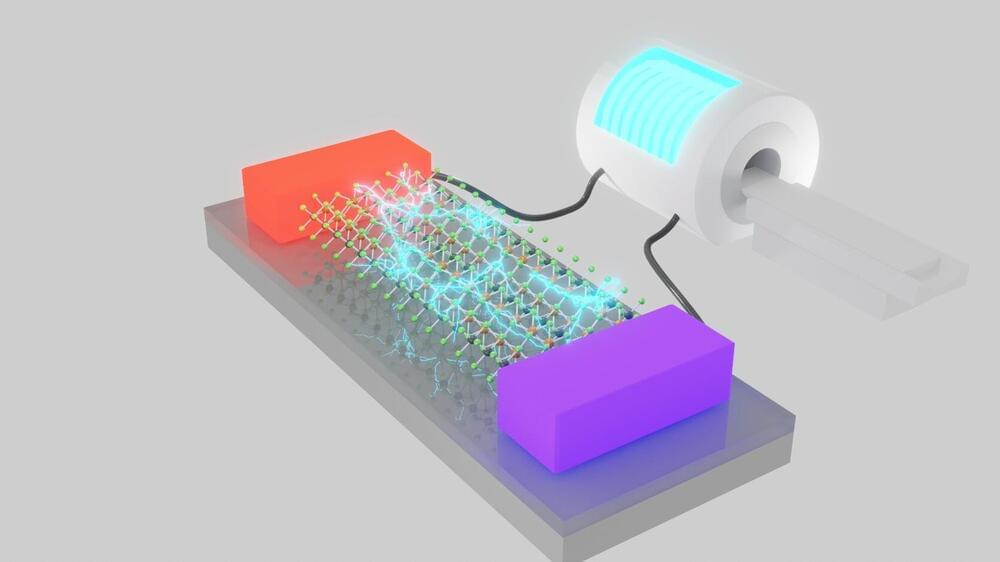Archive for the ‘electronics’ category: Page 39
Circa 2017
An electronic tongue is a device made of sensors responding to some taste (soluble) of foods through the transduction of a signal or a pattern of signals thanks to a pattern-recognition software system.
Dec 2, 2021
Scientists develop ‘lab on a chip’ that costs 1 cent to make
Posted by Quinn Sena in categories: biotech/medical, electronics

Circa 2017
“Enabling early detection of diseases is one of the greatest opportunities we have for developing effective treatments,” Esfandyarpour said. “Maybe $1 in the U.S. doesn’t count that much, but somewhere in the developing world, it’s a lot of money.”
Continue reading “Scientists develop ‘lab on a chip’ that costs 1 cent to make” »
Dec 1, 2021
Arducam Unveils Low-Cost 16MP Autofocus Camera Module for the Raspberry Pi
Posted by Shubham Ghosh Roy in categories: electronics, transportation
Claims to offer higher resolutions, better image quality, and full auto-focus — for just $18 while crowdfunding and $25 after.
Nov 29, 2021
Exclusive: Lytro Reveals Immerge 2.0 Light-field Camera with Improved Quality, Faster Captures
Posted by Shubham Ghosh Roy in categories: electronics, virtual reality
Lytro’s Immerge light-field camera is meant for professional high-end VR productions. It may be a beast of a rig, but it’s capable of capturing some of the best looking volumetric video that I’ve had my eyes on yet. The company has revealed a major update to the camera, the Immerge 2.0, which, through a few smart tweaks, makes for much more efficient production and higher quality output.
Light-field specialist Lytro, which picked up a $60 million Series D investment earlier this year, is making impressive strides in its light-field capture and playback technology. The company is approaching light-field from both live-action and synthetic ends; last month Lytro announced Volume Tracer, a software which generates light-fields from pre-rendered CG content, enabling ultra-high fidelity VR imagery that retains immersive 6DOF viewing.
Immerge 2.0
Nov 29, 2021
Ultracompact camera is the size of a salt grain
Posted by Future Timeline in category: electronics
U.S. researchers have developed a new imaging device just 500 μm (0.5 mm) in diameter. The system can produce crisp, full-colour images on a par with conventional compound camera lenses 500,000 times larger in volume.
Nov 26, 2021
Thermoelectric crystal conductivity reaches a new high
Posted by Genevieve Klien in categories: electronics, materials
Just as a voltage difference can generate electric current, a temperature difference can generate a current flow in thermoelectric materials governed by its “Peltier conductivity” ℗. Now, researchers from Japan demonstrate an unprecedented large P in a single crystal of Ta2PdSe6 that is 200 times larger than the maximum P commercially available, opening doors to new research avenues and revolutionizing modern electronics.
We know that current flows inside a metallic conductor in presence of a voltage difference across its ends. However, this is not the only way to generate current. In fact, a temperature difference could work as well. This phenomenon, called “Seebeck effect,” laid the foundation of the field of thermoelectrics, which deals with materials producing electricity under the application of a temperature difference.
Similar to the concept of an electrical conductivity, thermoelectricity is governed by the Peltier conductivity, P, which relates the thermoelectric current to the temperature gradient. However, unlike its electrical counterpart, P is less explored and understood. For instance, is there a theoretical upper limit to how large P can be? Far from being a mere curiosity, the possibility of a large P could be a game changer for modern-day electronics.
Nov 26, 2021
Breakthrough “Smoking Gun” Discovery in Power Consumption in Electronic Devices
Posted by Dan Breeden in categories: electronics, innovation
In a new FLEET theoretical study published recently in Physical Review Letters, the so called ‘smoking gun’ in the search for the topological magnetic monopole — also known as the Berry curvature — has been found.
The discovery is a breakthrough in the search for topological effects in non-equilibrium systems.
The group, led by UNSW physicist and Associate Professor, Dimi Culcer, identified an unconventional Hall effect, driven by an in-plane magnetic field in semiconductor hole systems that can be traced exclusively to the Berry curvature.
Nov 21, 2021
World’s First Petabyte Hard Disk Drive Contains Glass for Better Storage Capacity
Posted by Quinn Sena in categories: computing, electronics
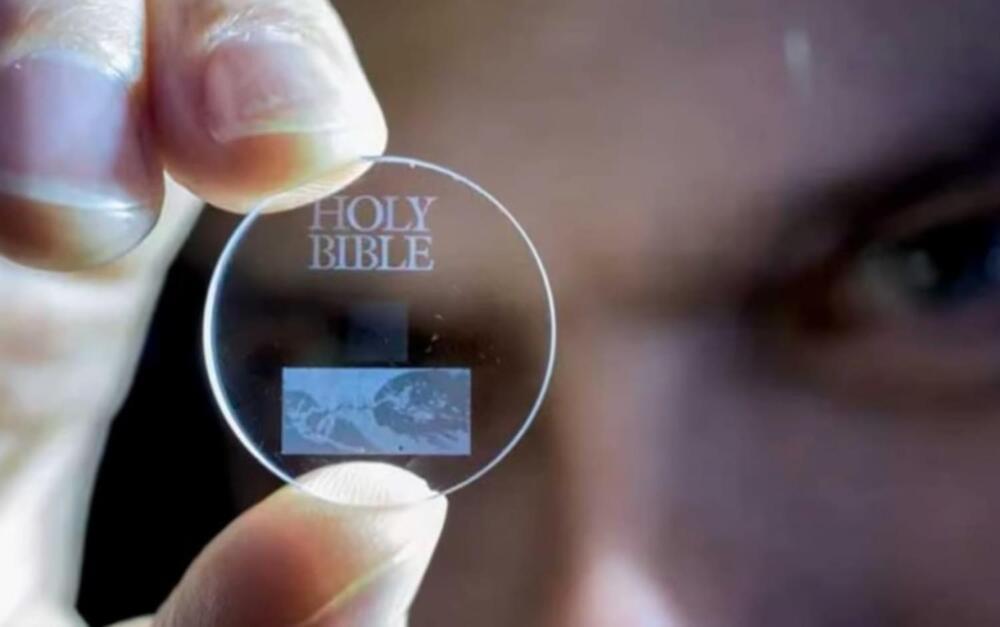
Circa 2020
Glass could play an important role in the world’s first petabyte hard disk drive as an answer to the growing demand for better data storage capacity.
Nov 20, 2021
Photon-counting CT promises a new era of medical imaging
Posted by Quinn Sena in categories: biotech/medical, electronics
Transforming CT: Naeotom Alpha is the world’s first photon-counting CT scanner. (Courtesy: Siemens.

